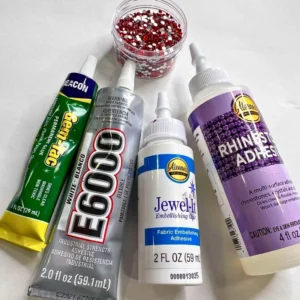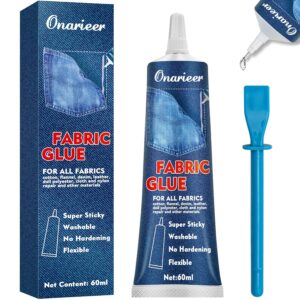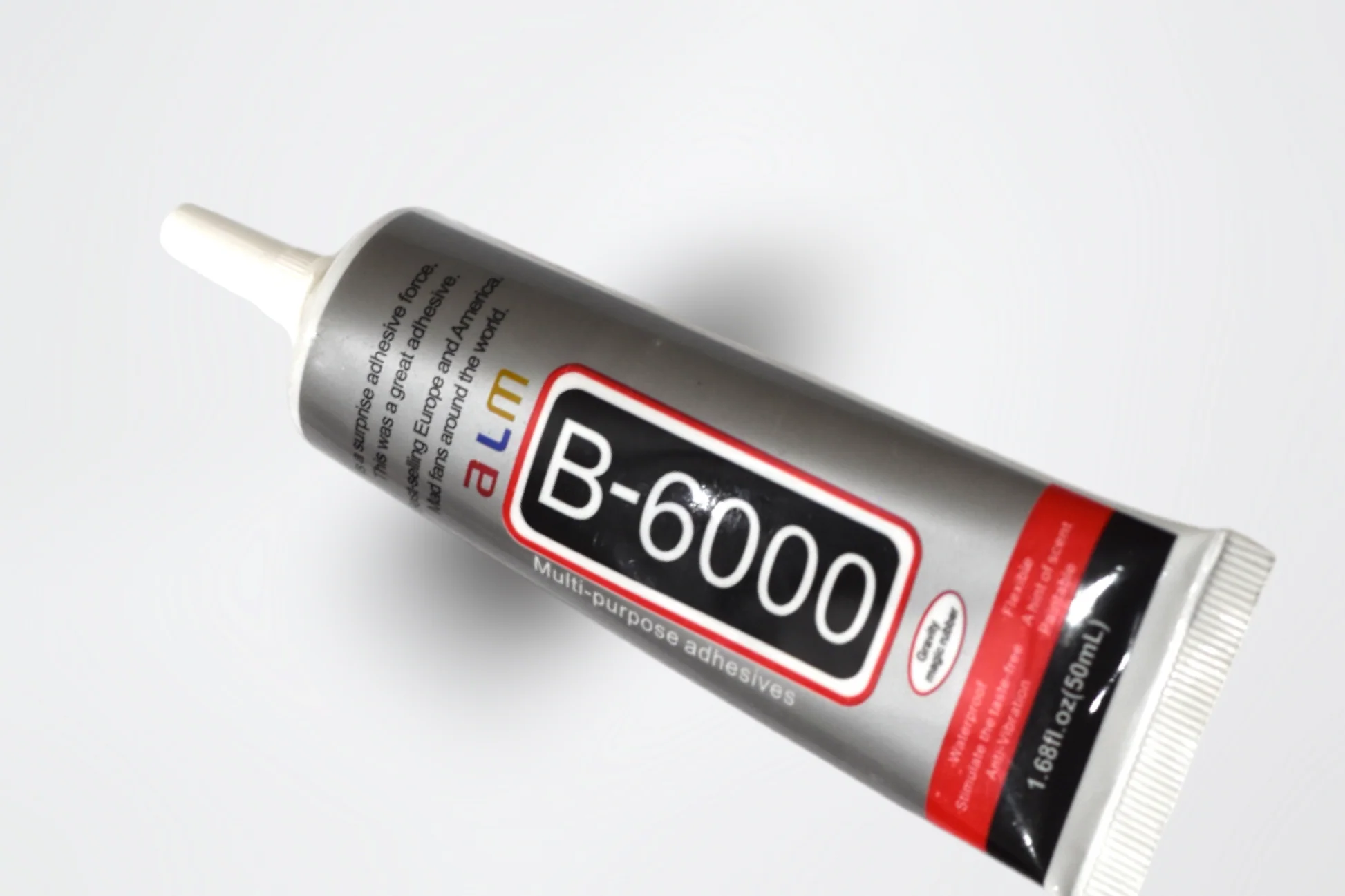Introduction
Have you ever had a torn seam or a craft project that needed a quick fix but didn’t want to pull out the sewing machine? That’s where glue for cloth to cloth comes in. Fabric glue has become a go-to solution for DIY crafters, fashion designers, and everyday fixes. It’s strong, easy to use, and versatile enough to handle everything from hemming pants to creating fabric art.
In this guide, we’ll walk through the different types of fabric adhesives, their best uses, and expert tips for choosing the right glue for your project.
Why Use Glue Instead of Sewing?
While sewing is the traditional method, glue offers unique advantages:
-
Time-saving – No need to set up a sewing kit.
-
Strong hold – Many fabric glues are washable and long-lasting.
-
Invisible finish – Perfect for delicate fabrics where stitching might show.
-
Beginner-friendly – Great for people who don’t know how to sew.

Types of Glue for Cloth to Cloth
Not all adhesives are the same. Here are the most common types:
1. Permanent Fabric Glue
-
Creates a strong, lasting bond.
-
Ideal for hems, patches, and clothing repairs.
-
Machine washable once dry.
2. Temporary Fabric Glue
-
Designed for short-term use.
-
Commonly used in quilting or basting before sewing.
-
Easily washes out with water.
3. Heat-Activated Adhesives
-
Requires ironing to activate the glue.
-
Often comes in sheets or tapes.
-
Great for no-sew hemming.
4. Spray Adhesives
-
Quick and easy for large surfaces.
-
Works best for craft projects, upholstery, and layering fabrics.
5. Specialty Fabric Glues
-
Designed for leather, denim, or stretch fabrics.
-
Provides extra flexibility and strength.

How to Apply Fabric Glue Properly
To ensure a strong, clean finish:
-
Clean the fabric – Make sure it’s dry and free of dust or lint.
-
Test on a small patch – Some fabrics react differently.
-
Apply a thin, even layer – Too much glue can seep through.
-
Press firmly – Use clips, pins, or weight for a stronger bond.
-
Allow drying time – Check the glue instructions; most need 24 hours.
Best Uses for Glue on Fabric
-
Hemming pants or skirts without sewing.
-
Repairing tears or holes in everyday clothes.
-
Attaching embellishments like sequins, lace, or patches.
-
Craft projects like costumes, fabric flowers, or DIY home décor.
-
Upholstery fixes for cushions or chairs.
Pros and Cons of Fabric Glue
Pros
-
Easy to use
-
Saves time
-
Works on multiple fabrics
-
Often washable
Cons
-
Not suitable for heavy-duty seams (like jeans waistbands)
-
Some glues may stiffen the fabric
-
Drying time can vary
Tips for Choosing the Right Fabric Glue
-
Check if it’s washable if you’re using it for clothes.
-
Pick flexible glue for stretch fabrics like spandex or jersey.
-
Use clear-drying glue for delicate or light-colored fabrics.
-
For crafts, go for multi-purpose glue that bonds with other materials like wood or plastic.
FAQs About Glue for Cloth to Cloth
Q1. Is fabric glue permanent?
Yes, many fabric glues are permanent and washable, but you need to check the label for durability.
Q2. Can fabric glue replace sewing?
For small repairs and crafts, yes. For high-stress seams, sewing is still more reliable.
Q3. Does fabric glue wash off?
Temporary glues do, but permanent ones are designed to withstand washing.
Q4. What’s the drying time for fabric glue?
Most take 15–30 minutes to set, but full strength is reached in 24 hours.
Q5. Can I use super glue on fabric?
Super glue isn’t ideal. It can stiffen the fabric and may cause discoloration.
Conclusion
Glue for cloth to cloth is a game-changer for anyone looking for a quick, reliable, and creative solution to fabric bonding. Whether you’re hemming trousers, repairing a tear, or adding decorative touches, fabric glue offers versatility without the hassle of sewing.




